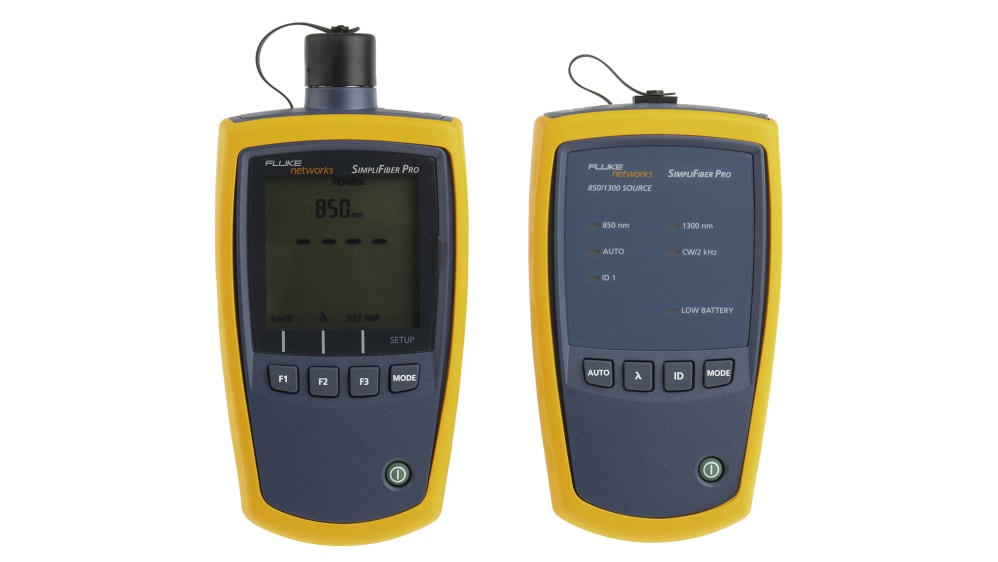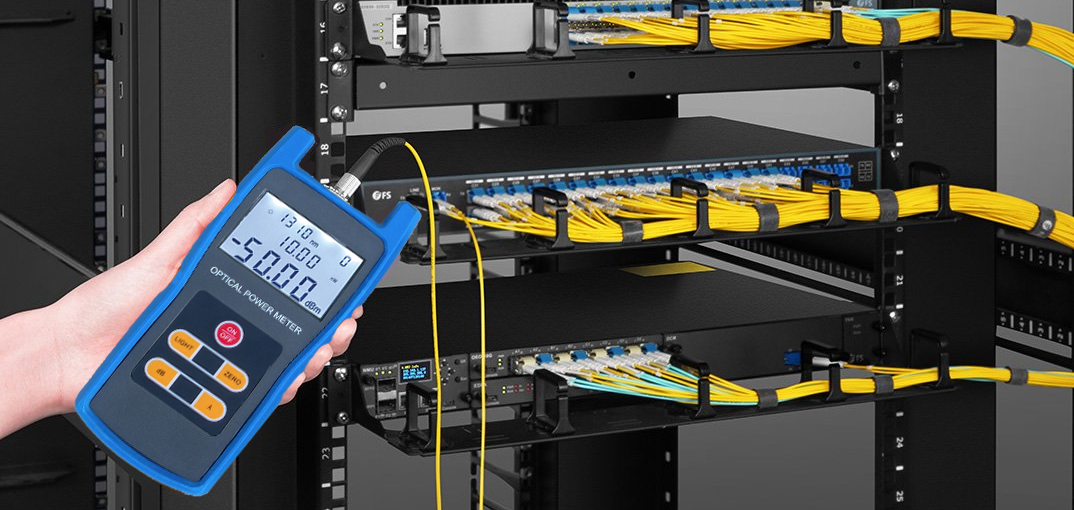The optical fibre diameter analyser provides accurate measurements for fibre optics.
The optical fibre diameter analyser provides accurate measurements for fibre optics.
Blog Article
The Role of Optical Fiber Screening in Ensuring Quality and Efficiency in Connection Solutions
In today's swiftly developing digital landscape, the relevance of optical fiber screening can not be overstated, as it serves as a keystone for making certain the quality and performance of connection solutions. As technology continues to advancement, the future of optical fiber screening poses intriguing obstacles and chances that merit closer evaluation.
Relevance of Optical Fibre Testing
The relevance of optical fibre screening can not be overstated in guaranteeing the honesty and efficiency of communication networks. As the backbone of modern-day telecommunications, optical fibers facilitate high-speed data transmission, making their integrity important to functional success. Examining serves as a positive measure to determine prospective concerns such as signal loss, depletion, and physical damage, which can endanger network efficiency.
Regular testing allows for the verification of installment quality and the discovery of problems that can impact data stability - optical fibre diameter analyser. By employing extensive screening protocols, network operators can reduce the threats connected with network failings, consisting of downtime and financial losses. Optical fibre screening guarantees conformity with sector requirements and regulations, boosting the general quality of service supplied to end-users.
Eventually, the organized analysis of optical fibres adds to the long life and performance of interaction systems. It makes it possible for stakeholders to make informed decisions regarding upkeep, upgrades, and troubleshooting. In a landscape where data is progressively vital, focusing on optical fibre testing is vital to sustaining durable and reliable connectivity remedies, therefore supporting the needs of contemporary digital environments.
Sorts Of Optical Fiber Examinations
Numerous screening techniques are used to guarantee the performance and integrity of optical fibers within communication networks. These examinations can be extensively categorized into 2 major types: setup examinations and upkeep tests.
Setup examinations are conducted instantly after the installation of optical fibre cords to confirm their performance and honesty - optical fibre testing equipment. The most common setup examinations include Optical Time-Domain Reflectometry (OTDR) tests, which assess the top quality of the fiber by identifying faults or breaks, and end-to-end loss tests, which measure the overall optical loss from one end of the fiber to the various other
Upkeep examinations, on the various other hand, are carried out regularly to guarantee recurring performance and discover possible issues with time. These include visual evaluation, which look for physical problems or incorrect setups, and connection tests, which validate that the signal can travel through the fiber without disruption.
Additionally, progressed examinations such as Polarization Mode Diffusion (PMD) and Chromatic Diffusion (CD) tests can be performed to examine the fiber's performance under different problems. By utilizing these varied screening approaches, service technicians can maintain high standards of high quality and integrity in optical fiber networks.
Advantages of Normal Testing
Normal screening of optical fibres plays a crucial duty in keeping the general efficiency and reliability of interaction networks. By carrying out routine assessments, companies can make certain that their fiber optic installments satisfy industry standards and run successfully. This positive technique assists to determine possible weaknesses and degradation with time, permitting timely treatments prior to issues rise.

Cost-effectiveness is an additional advantage. By addressing small issues early, companies can avoid the high costs linked with significant repair services or system failings. Normal screening likewise promotes compliance with governing demands, guaranteeing that the network follows required safety and security and efficiency requirements.
Typical Problems Identified
Determining common problems in optical fiber networks is important for preserving ideal performance and reliability. Various elements can add to interruptions, consisting of physical damage, poor installation methods, and environmental impacts.
Physical damage, such as bends, breaks, or abrasions, can dramatically weaken signal high quality. Improper installation methods, consisting of too much stress or poor protecting of cable televisions, might cause raised attenuation and loss of connection. Additionally, environmental variables such as temperature level fluctuations, moisture ingress, and rodent disturbance can endanger the honesty of the fibre.
Port concerns also regularly emerge, with inappropriate alignment or contamination resulting in raised insertion loss. In addition, splicing errors can introduce significant signal degradation otherwise executed with precision.

Attending to these common concerns through normal optical fiber screening not just improves network integrity however additionally optimizes total performance, making certain that connectivity Visit This Link solutions stay durable and efficient.
Future Fads in Testing
As the need for high-speed connection remains to rise, the future of optical fiber screening will significantly concentrate on automation and progressed analytics. The assimilation of synthetic intelligence (AI) and artificial intelligence (ML) in testing processes will certainly enable much more efficient information analysis and predictive maintenance, minimizing downtime and improving general network reliability. Automated testing remedies will certainly enhance the evaluation and accreditation of fibre networks, lessening human error and raising testing throughput.
One more significant fad is the adoption of remote screening technologies. As the implementation of fiber networks expands into go to the website remote and underserved locations, remote testing abilities will certainly enable service technicians to keep track of and detect network conditions without physical existence, thus lowering operational expenses and enhancing feedback times.
In addition, there will be a change in the direction of even more thorough screening requirements that encompass not just typical loss dimensions but additionally efficiency metrics such as latency and transmission capacity use. This holistic approach will help with much better network monitoring and optimization approaches.
As these fads progress, the optical fibre screening landscape will certainly not just enhance the high quality and efficiency of connectivity remedies yet additionally support the expanding intricacies of contemporary communication networks.
Verdict
In verdict, optical fibre screening offers as a fundamental component in maintaining the integrity and effectiveness of communication networks. The continuous commitment to normal testing not only enhances information transmission but also aligns with industry standards, promoting integrity in network infrastructures.
Report this page